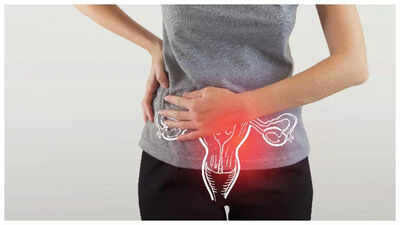Polycystic Ovary Syndrome (PCOS) and Polycystic Ovary Disease (PCOD) are two of the most common health issues in women of reproductive age, across the globe. Closer home studies suggest that about 1 in 5 young Indian women suffer from these conditions, which is much higher than the global average. The conditions not just affect fertility, but can also result in a host of health issues. Let’s dig deeper…
Understanding the difference between PCOD and PCOS
PCOS and PCOD both are hormonal disorders affecting female ovaries, the organs responsible for producing eggs and hormones like estrogen and progesterone. While the two are used interchangeably, there are some minor differences. Let’s understand them first.PCOD (Polycystic Ovarian Disease) occurs when ovaries produce immature or partially mature eggs in huge numbers, which can form cysts. This causes the ovaries to enlarge and produce excess male hormones (androgens), leading to symptoms like irregular periods and weight gain.

PCOS (Polycystic Ovary Syndrome) is a more complex condition where the ovaries produce higher-than-normal levels of male hormones, causing hormonal imbalance, missed periods, and difficulty in conceiving.Both conditions can lead to problems in the menstrual cycle (though this is not always the case) and can cause long-term health problems.
What causes these conditions
Lifestyle changes: Lack of exercise, unhealthy diet, and obesity are linked to insulin resistance, which can worsen PCOS symptoms.Genetics: Family often comes to play in PCOS/PCOD as women often have mothers or sisters with the same condition.Environmental factors: Exposure to certain chemicals and stress may also contribute to the conditions.
Signs and symptoms to watch out for
The symptoms of PCOS and PCOD can vary from mild to severe, and not all women will experience the same symptom or the severity. The only way to confirm the same is through an Ultrasound test. Symptoms often appear in the late teens or early twenties, but are not limited to that age bracket only. Let’s take a look…
Menstrual problems
One of the most common symptoms is irregular menstruation. Women may experience fewer periods than normal (oligomenorrhea), skipped periods, or no periods at all (amenorrhea). This happens because the hormonal imbalance meddles with ovulation—the release of eggs from the ovaries. This results in irregular ovulation, ending in menstrual issues.
Difficulty getting pregnant
Since PCOS and PCOD affect ovulation, many women are unable to conceive till they are treated, though it is not impossible to get pregnant with these conditions. Many women conceive without even knowing they suffer from the same.

More hair growth than usual
High levels of male hormones cause unwanted hair growth on the face, chest, back, stomach, and other parts of the body. You might see it on your chin as well, which is a common symptom of the two conditions.
Weight gain
Many women with PCOS/PCOD gain weight easily, especially around the belly. Insulin resistance, a common feature of these conditions, makes weight management harder. Again, this could also be a symptom of other conditions, and not just indicative of PCOS/PCOD.
Acne
Hormonal imbalance can cause persistent acne, especially on the face, chest, and upper back. Some women also experience oily skin.
Hair thinning
Some women notice thinning hair or male-pattern baldness, where hair gradually falls out from the scalp.
Dark patches
Areas like the neck, underarms, and under the breasts may develop dark, thickened skin patches called acanthosis nigricans, which are linked to insulin resistance.












